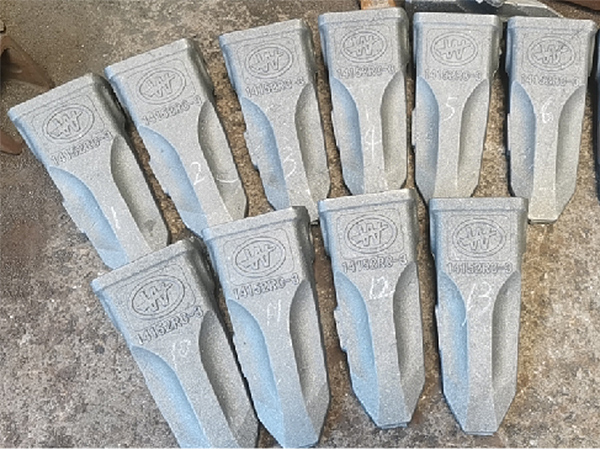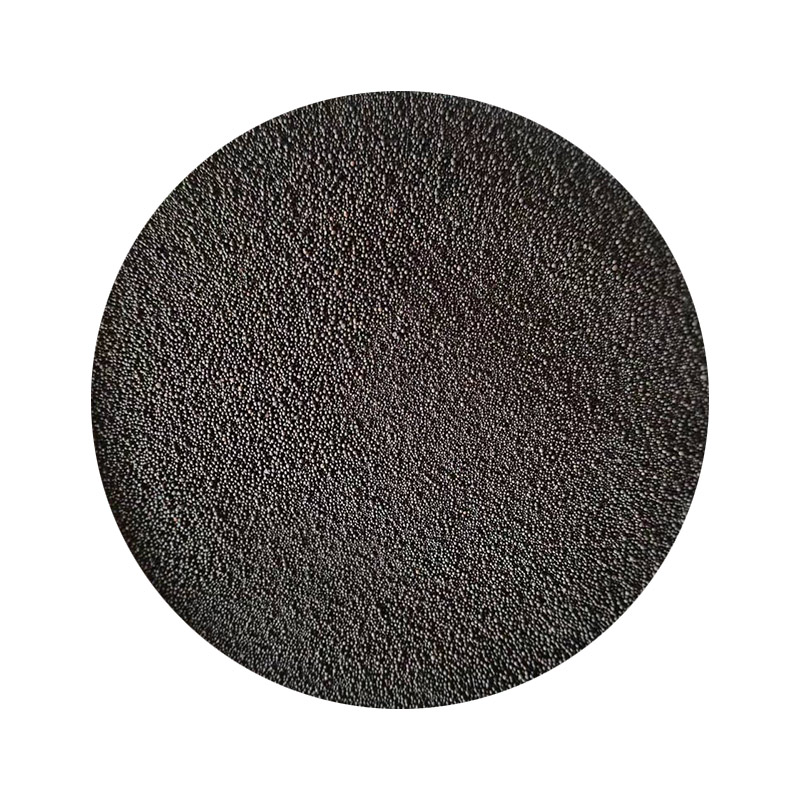- The Technical Edge of Furan Resin Sand Casting Systems
- Dissecting the Resin Sand Casting Process: Step by Step
- Material Innovations in Sand Casting Resins
- Comparative Analysis: Leading Resin Sand Casting System Providers
- Tailoring the Furan Resin Sand Casting Process to Specific Needs
- Real-World Applications: Success Stories Across Industries
- Advantages Driving Furan Resin Sand Casting Adoption

(furan resin sand casting)
The Technical Edge of Furan Resin Sand Casting Systems
Modern foundries increasingly adopt furan resin sand casting
due to its precision capabilities. This process enables dimensional tolerances within ±0.3mm, outperforming traditional green sand methods by 35-40%. Surface finishes averaging 125-250 µin Ra reduce machining requirements and material waste. Production data reveals 20% higher casting yields compared to alternative methods, making it economically viable for complex geometries in medium-volume runs of 500-5,000 units.
Chemical resistance stands as another critical advantage. Furan binders maintain structural integrity at temperatures exceeding 2,000°F (1,093°C), with thermal expansion coefficients below 1.2%. This stability minimizes veining defects and ensures consistent mold integrity during ferrous metal pours. Foundries report 92% first-pass success rates for automotive components when implementing controlled curing protocols.
Dissecting the Resin Sand Casting Process: Step by Step
Initial mold preparation involves precise silica sand mixing, where grain distribution impacts final finish quality. Optimal results occur with AFS 50-70 grade sand blended with 0.8-1.2% furan resin catalyst. Mixing intensity must be controlled at 120-150 RPM for exactly 90-110 seconds to achieve homogeneous binder distribution without premature curing. Temperature regulation during this phase proves critical – maintained at 72±5°F (22±3°C) to prevent work time variations.
Compaction techniques influence dimensional accuracy. Studies demonstrate 40-60 psi pneumatic compaction pressure achieves 88-92% mold density, reducing gas-related defects. After pattern removal, the curing process activates at 230-250°F (110-121°C) with 98% humidity control, triggering polymerization within 12-18 minutes. De-molding occurs when core hardness reaches 85-90 on the GTS scale.
Material Innovations in Sand Casting Resins
Recent formulation advances target environmental compliance without sacrificing performance. Low-nitrogen furan resins (<0.3% N-content) now comprise over 45% of the market, reducing NOx emissions during pouring by approximately 60%. Bio-based alternatives incorporating lignin derivatives capture 12% market share, offering comparable tensile strength (220-250 psi) with 30% reduced carbon footprints.
Developments in catalyst chemistry enhance process control. Sulfonic acid catalysts with delayed-action modifiers extend work times to 8-10 minutes while maintaining strip times under 25 minutes. Modified formulations demonstrate 99.5% binder decomposition at shakeout, significantly improving sand reclamation rates beyond 90% – a critical factor for facilities processing over 10,000 tons annually.
Comparative Analysis: Leading Resin Sand Casting System Providers
| Supplier | Binder System | Compressive Strength (psi) | Reclamation Rate | Max Pour Temp (°F) | Cure Speed (min) |
|---|---|---|---|---|---|
| ASK Chemicals | FuranTech VX400 | 310 ±15 | 89% | 2350 | 16 |
| Hüttenes-Albertus | Periform S11 | 295 ±20 | 93% | 2400 | 14 |
| Reztek | FuraSet Ultra | 330 ±10 | 85% | 2300 | 18 |
| Eurotek | FuranoCast D5 | 280 ±25 | 91% | 2450 | 13 |
Hüttenes-Albertus leads in thermal resistance while Reztek provides superior mechanical stability. Most suppliers now offer customized formulations adjusting phosphoric acid catalysts between 55-65% concentration to control reaction kinetics. ASK Chemicals dominates high-precision segments with proprietary additives reducing binder consumption by 15% without compromising mold integrity.
Tailoring the Furan Resin Sand Casting Process to Specific Needs
Precision investment casting operations implement modified formulations with zircon sand blends. These specialty mixtures withstand superalloy pouring temperatures exceeding 2,800°F (1,538°C) while maintaining dimensional stability below 0.15% linear variation. For large-frame components exceeding 1,000 lbs, binder ratios increase to 1.4-1.8% with silicate reinforcements to prevent mold cracking under metallostatic pressure.
High-production environments employ sequential mixer designs with automated catalyst injection systems. These installations precisely regulate resin-to-catalyst ratios between 55:45 and 60:40 while maintaining throughput of 20-30 tons/hour. Temperature-controlled sand conditioning systems reduce variance in bench life from ±90 seconds to ±15 seconds – critical for complex core packages in engine block production.
Real-World Applications: Success Stories Across Industries
In hydraulic component manufacturing, furan resin sand casting produces valve bodies with pressure ratings exceeding 6,000 psi. These parts demonstrate 100% seal integrity through ultrasonic testing, achieving surface finish requirements of Ra 180 µin without secondary machining. Production cycle times decreased by 40% versus previous shell molding processes, with dimensional consistency measured at CpK 1.8.
Railway sector applications include brake system components showing 15% higher fatigue resistance in ASTM E606 testing protocols. Weight optimization through complex internal geometries provides per-part reduction of 4.2 kg in bogie frames while maintaining 118% of required load ratings. Foundries serving wind turbine markets report 35% faster production times for 4-ton gearbox housings compared to conventional resin systems.
Advantages Driving Furan Resin Sand Casting Adoption
Dimensional consistency remains the primary driver, with complex impeller castings showing positional tolerance consistency of ±0.15 mm across production batches. Survey data from 87 foundries confirms 27% reduction in rework rates versus phenolic urethane systems, directly contributing to 14% higher gross margins. The process achieves near-net-shape results for over 60% of industrial components under 100 kg, eliminating 2-4 machining operations.
Environmental compliance has improved significantly through reformulated catalysts reducing free formaldehyde emissions below 0.1 ppm – meeting stringent OSHA requirements without exhaust after-treatment systems. Modern binder chemistry combined with thermal reclamation allows foundries to achieve 95% closed-loop sand reuse, reducing new sand consumption by 38,000 tons annually in typical mid-sized operations.

(furan resin sand casting)
FAQS on furan resin sand casting
Q: What is furan resin sand casting?
A: Furan resin sand casting is a precision foundry process that uses a mixture of silica sand and furan resin binder. The resin chemically hardens the sand into rigid molds capable of producing complex, dimensionally accurate metal parts. It's widely used for steel, iron, and non-ferrous alloy castings.
Q: Why use furan resin as a binder in sand casting?
A: Furan resin offers fast curing at room temperature, reducing production time. It provides excellent dimensional stability for intricate molds and high resistance to metal penetration. These properties result in superior surface finish and reduced scrap rates.
Q: How does the resin sand casting process work?
A: The process involves mixing silica sand with furan resin and catalyst. The treated sand is compacted around a pattern to form the mold cavity, then hardens via a chemical reaction. After pouring molten metal and cooling, the resin-bonded sand breaks away easily during shakeout.
Q: What are key applications of furan resin sand casting?
A: This method excels at producing valves, pump housings, and machinery components requiring precise dimensions. It's ideal for medium-to-high volume production of automotive, hydraulic, and heavy equipment parts. The technique accommodates weights from ounces to several tons effectively.
Q: What safety measures are needed when handling furan resin binders?
A: Proper ventilation and PPE like respirators must be used due to formaldehyde emissions during mixing and pouring. Foundries should monitor air quality and limit worker exposure time. Resin storage areas require temperature control to prevent premature curing.
Next:How to Sand Resin Expert Techniques for Smooth 3D Prints & Crafts
